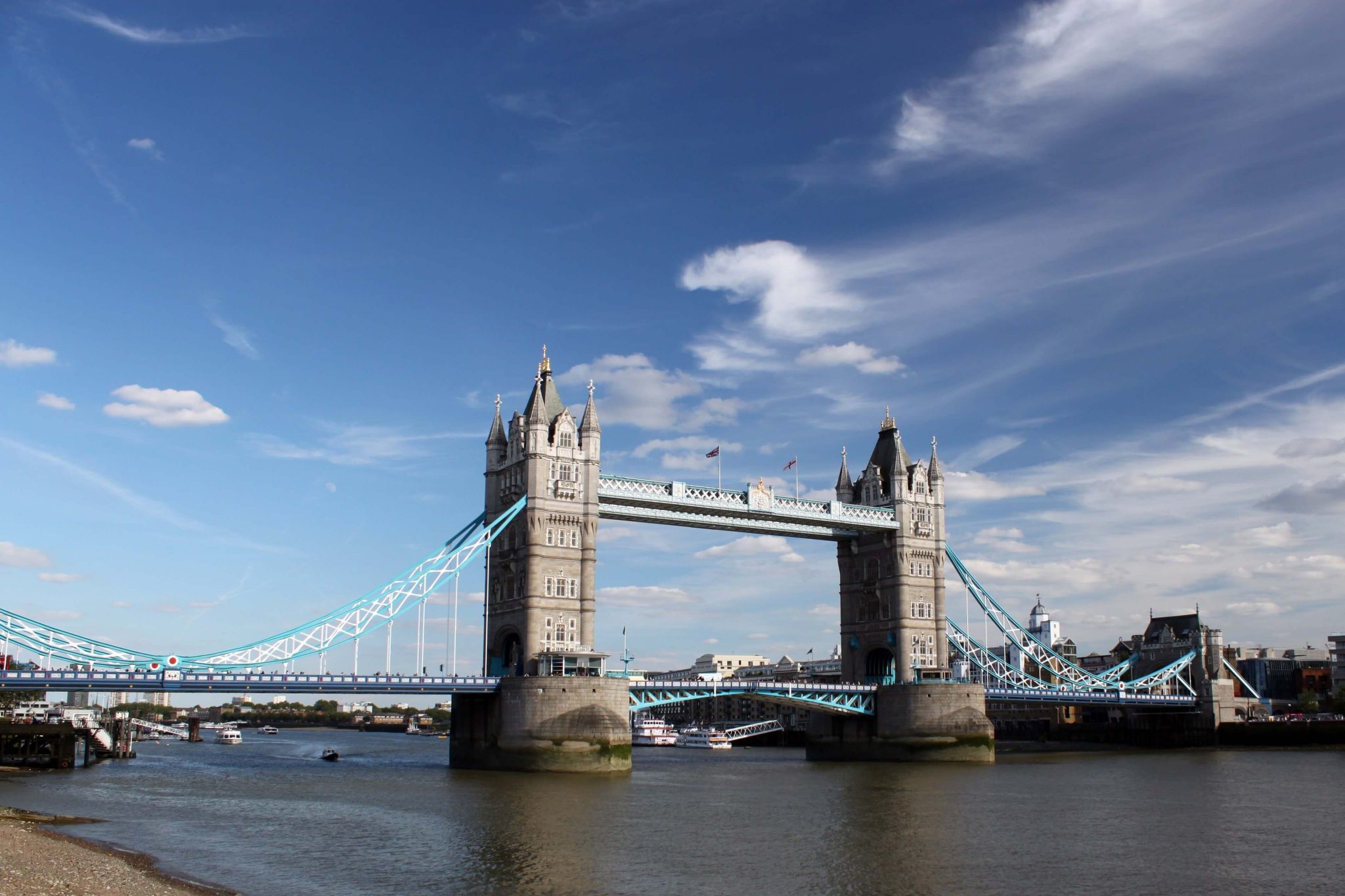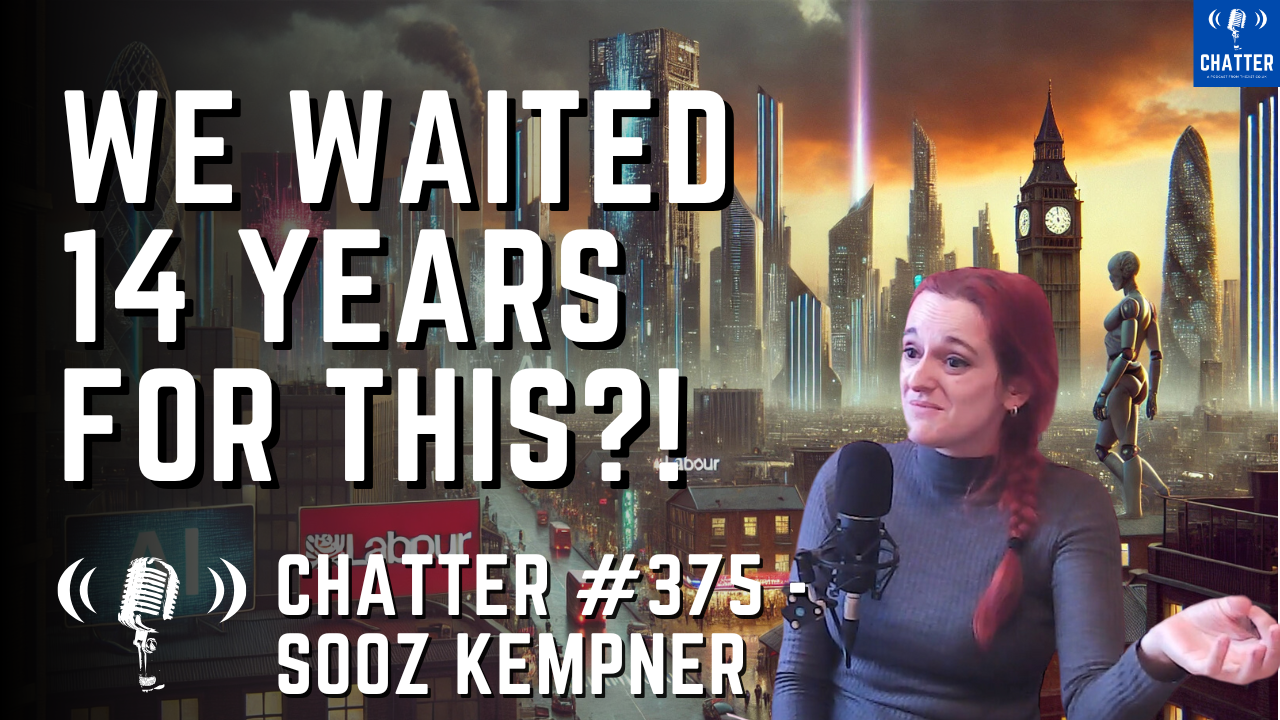The campaign for a “Peoples Vote” has picked up a little steam over the past few months. Caroline Lucas has been plugging the idea everywhere she can get her face on TV and attendance at the People’s Vote march was estimated at 100,000 people. In the last week, Jeremy Corbyn’s Deputy Tom Watson said that Labour weren’t ruling out a second referendum. He said it would be a “mistake” to rule out the possibility of a so-called ‘People’s Vote’ on the final Brexit deal. But he was quick to add that “It’s not our policy to have a people’s vote, we’ve not called for it, it wasn’t in our manifesto”.
Former cabinet minister Justine Greening also threw her support behind the idea. Brexiteers have been wholly opposed to the idea, accusing the remain side of rerunning the vote until they get a result they want or attempting to betray the will of the people.
It’s easy to overlook the fact that as the plans for the referendum were being drawn up, that the idea of a two-stage referendum was being considered by those in the Conservative Out groups. In a blog post in June 2015, Cummings, who was central to bringing together and coordinating much of the Leave campaign, described how a two stage referendum would be beneficial to the leave campaigners.
“This approach might allow NO to avoid its biggest problem – the idea that a NO vote is a vote to leave in one jump and is therefore a leap in the dark. It would allow NO to portray YES as the truly risky option. This approach would enable NO to build a coalition between a) those who think we should just leave (about a third) and b) those who dislike the EU but are worried about leaving (about a third) and who may be persuaded that ‘Cameron’s deal is bad and we should try to get a better one but the only way to force this is to vote NO’.”
They wanted a vote on Cameron’s deal, followed by another negotiation, at which point the British people would have a say on the renegotiated deal. Therefore they could portray voting yes initially as the risky option; if you can get a better deal from the EU then why not try it rather than accept the status quo, you can always just vote remain the second time if you really want to stay.
Another fan of this particular plan was Boris Johnson, who saw it as keeping his options open. In an interview with the Sunday Times on 11th July 2015, Johnson described himself as being “very interested” in a second referendum.
“No one goes into a negotiation without being willing to leave. I love our friends and partners in Brussels, I understand quite deeply the way they do things, they are not remotely interested in you unless you tell them no”
The idea was being thrown around enough to warrant Cameron commenting on and hastily dismissing the idea in the commons. Cameron described the idea of a double referendum on Britain’s membership of the EU as “complete fiction”. He later added: “It is a very simple question on the ballot paper – you either stay in the EU or you leave.”
For those advocating for a second referendum, it may also be interesting to note that Cummings even conceded in this blog post that given the gravity of changes taking place to our relationship with Europe that the public should have a final say on the deal.
“Further, as a matter of democratic accountability, given the enormous importance of so many issues that would be decided in an Article 50 renegotiation – a far, far bigger deal than a normal election – it seems right to give people a vote on it.”
Boris and Cummings both abandoned the idea at a later date, seeking to take advantage of the narrow victory they had won. Whilst they are unlikely to ever come around to the idea of a ‘People’s Vote’, it is interesting to see that they were willing to entertain the idea when it strengthened their campaigning position.



![Chatter #376 – Patricia Pino: Can’t We Just Print Our Own Money? [The Lies About Inflation]](https://thejist.co.uk/wp-content/uploads/2025/02/Copy-of-chatter-thumbnail-9-150x84.png)








One thought on “Boris Used To Be In Favour Of Second Referendum ”
Comments are closed.